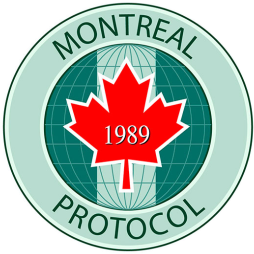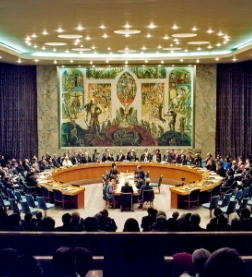Montreal Protocol
In 1987, the Montreal Protocol on Substances that Deplete the Ozone Layer was globally ratified to incrementally phase out the production and consumption of substances that contribute to the depletion of the stratospheric ozone layer. All 197 countries around the globe have ratified the Montreal Protocol, making it the first international environmental treaty to reach complete ratification. Methyl bromide was one of these dangerous substances. All countries are responsible for following guidelines regarding trade, annual reporting, and national licensing systems. Methyl Bromide should have been phased out by 2005 in developed countries and by 2015 in developing countries. Only critical use exemptions and use for quarantine and pre-shipment purposes mandate the use of Methyl Bromide until an alternative solution is found. Over the past decade, consumption of Methyl Bromide for QPS has increased as this use allows for an uninterrupted and unrestricted source of Methyl Bromide. Currently, reporting consumption of Methyl Bromide only requires countries to report the total amount of Methyl Bromide used (import plus production minus export), not the actual use category. Furthermore, many countries have licensing systems in place to track ozone-depleting substances, however, reporting Methyl Bromide and its uses are not specifically required.



.jpg)